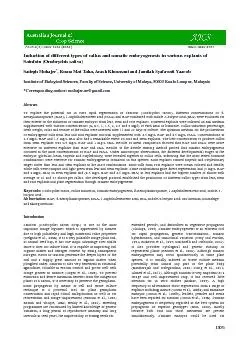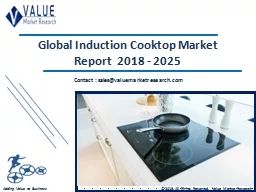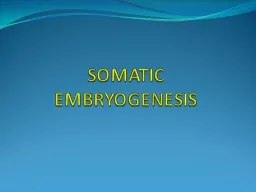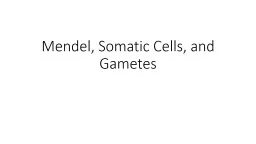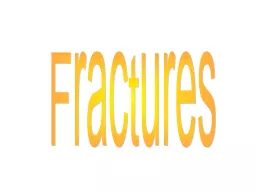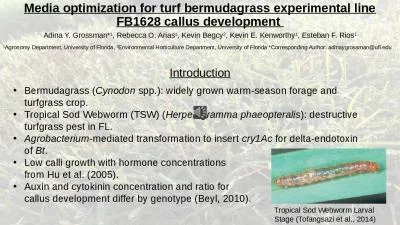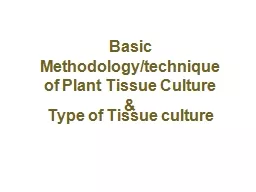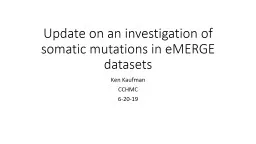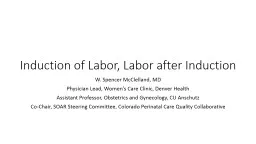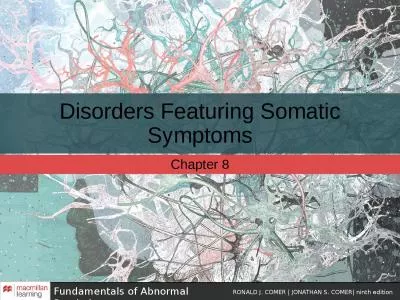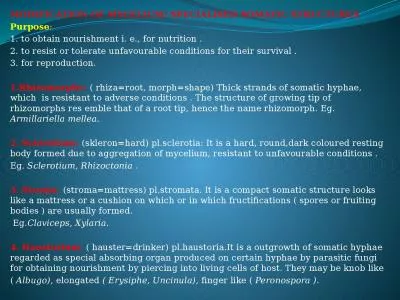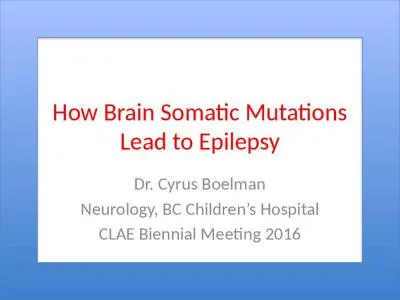PDF-Induction of different types of callus and somatic embryogenesis in va
Author : luanne-stotts | Published Date : 2016-02-25
1305 AJ CS 6 8 1305 1313 20 12 ISSN1835 2707 Sainfoin Onobrychis sativa Sadegh Mohajer Rosna Mat Taha Arash Khorasani and Jamilah Syafawati Yaacob Institute
Presentation Embed Code
Download Presentation
Download Presentation The PPT/PDF document "Induction of different types of callus a..." is the property of its rightful owner. Permission is granted to download and print the materials on this website for personal, non-commercial use only, and to display it on your personal computer provided you do not modify the materials and that you retain all copyright notices contained in the materials. By downloading content from our website, you accept the terms of this agreement.
Induction of different types of callus and somatic embryogenesis in va: Transcript
Download Rules Of Document
"Induction of different types of callus and somatic embryogenesis in va"The content belongs to its owner. You may download and print it for personal use, without modification, and keep all copyright notices. By downloading, you agree to these terms.
Related Documents

